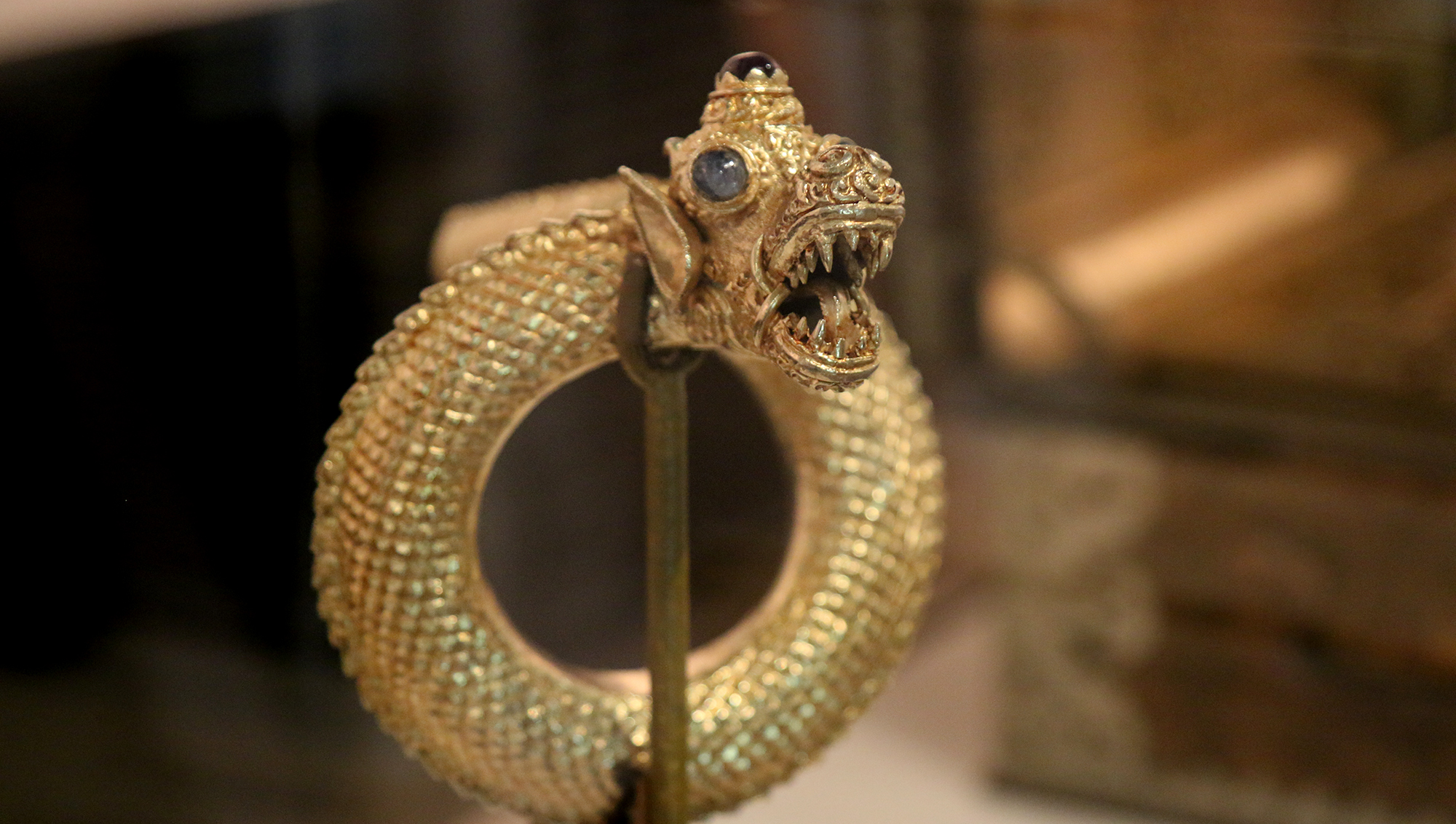Most of us know that Bugis Junction and MRT station are named after a group of seafarers who moved to Singapore as early as 1819.
Aside from that, what else do we know about the Bugis?
A new exhibition, Sirri na Pesse: Navigating Bugis Identities in Singapore by the Malay Heritage Centre brings us the history and heritage of the Bugis.
Who are the Bugis anyway?
The Bugis were were a skilled seafaring people who came from Southwestern Sulawesi.
After the Dutch captured the port of Makassar and cut them off from their trade, the Bugis were forced to travel to other parts of the Malay Archipelago, including Malaya.
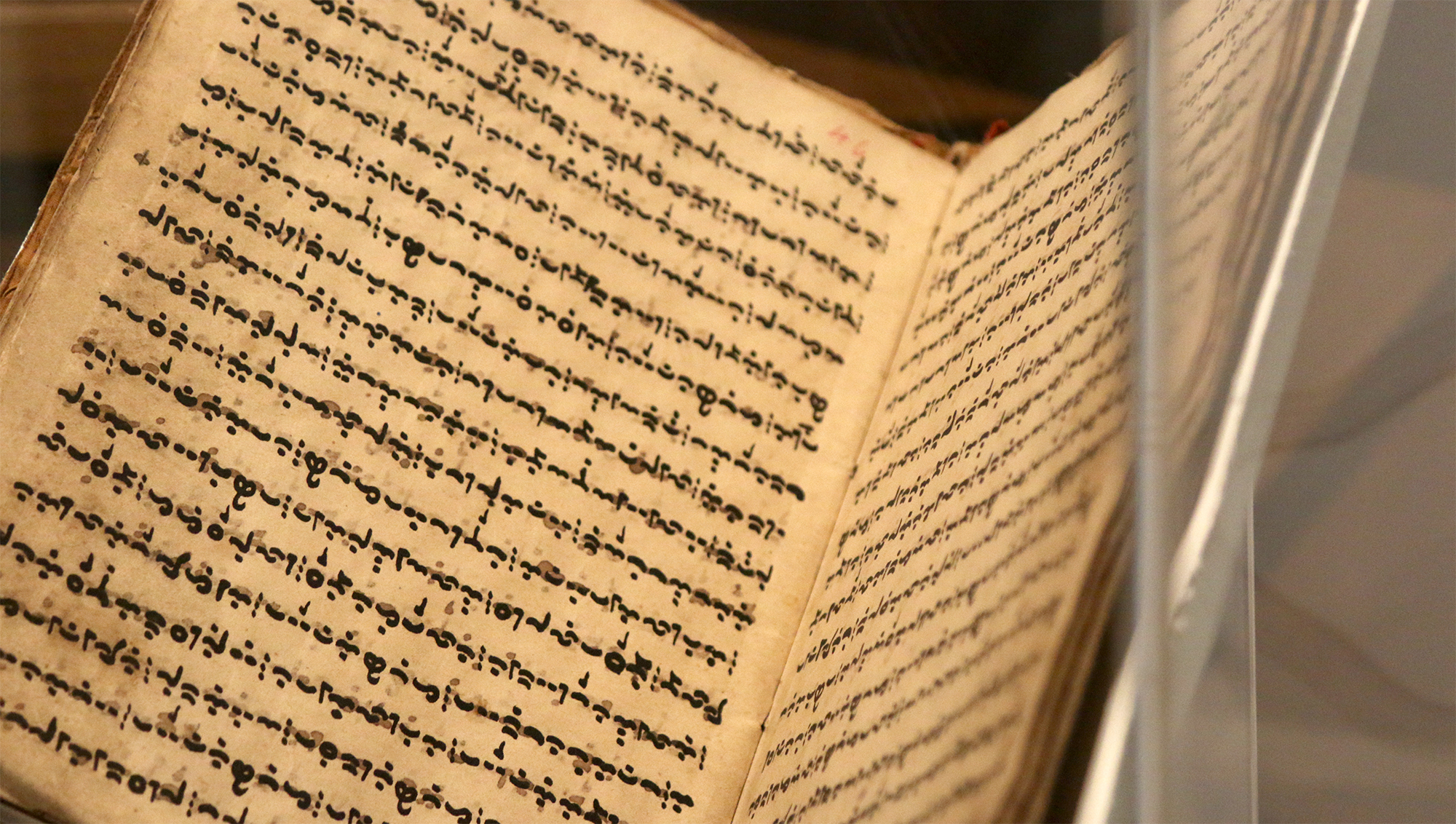 The Lontara Script, used in the Bugis language.
The Lontara Script, used in the Bugis language.
Trading in Singapore under the British was more lucrative for the Bugis as they were given more freedom here, as compared to Dutch-controlled Java.
Group of fighters
"Sirri na Pesse" from the Bugis' native tongue loosely translates to "Honour and Pride". These are values upheld by the Bugis. They are exemplified in the community's emphasis on the remembrance of familial lineage.
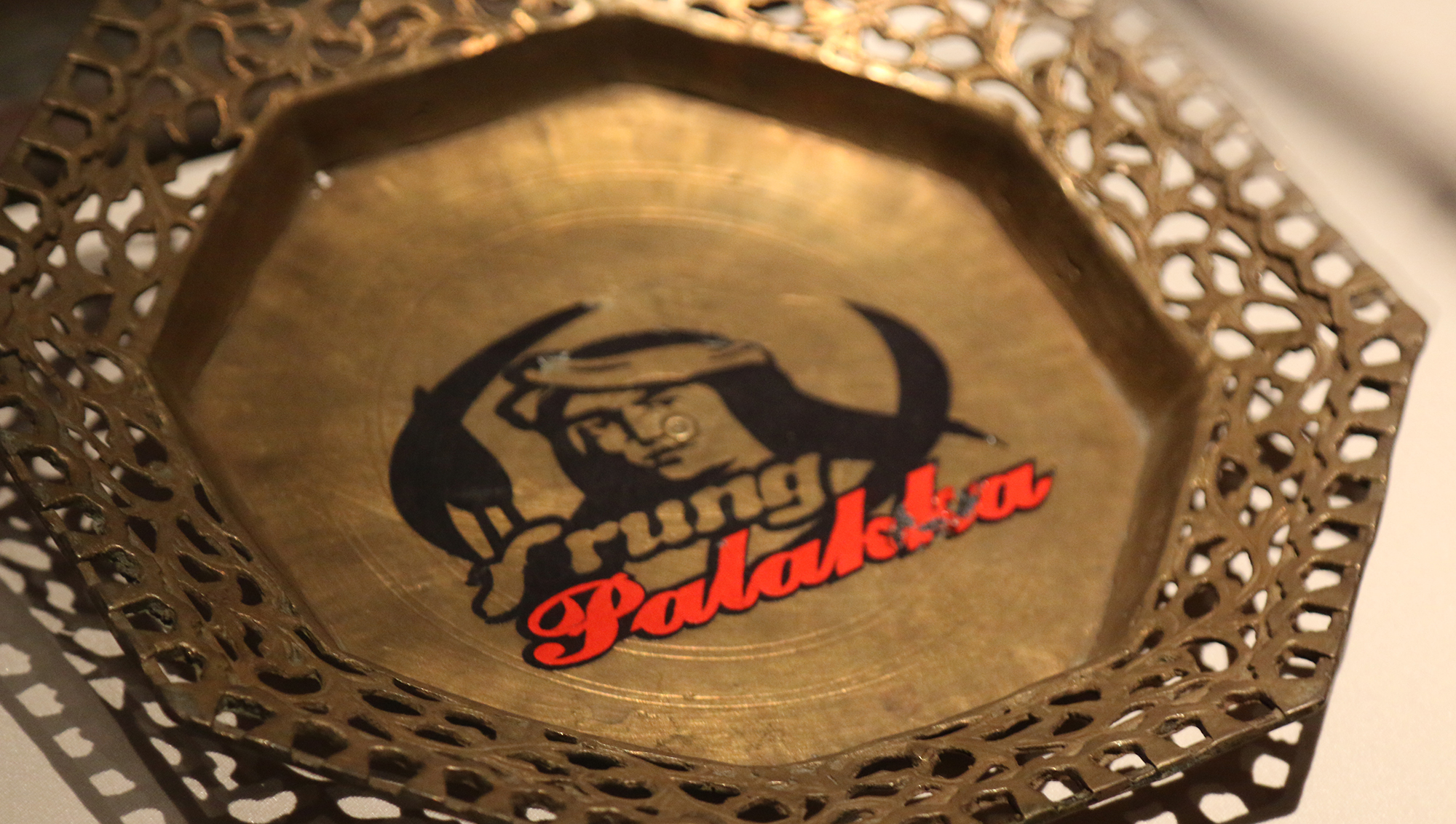 Plate stamped with family name.
Plate stamped with family name.
The Bugis were also known to be fighters (or mercenaries), who fought for various princes in the Johor Sultanate in their succession disputes.
It is this quite possibly this very nature that gave them a reputation for being pirates.
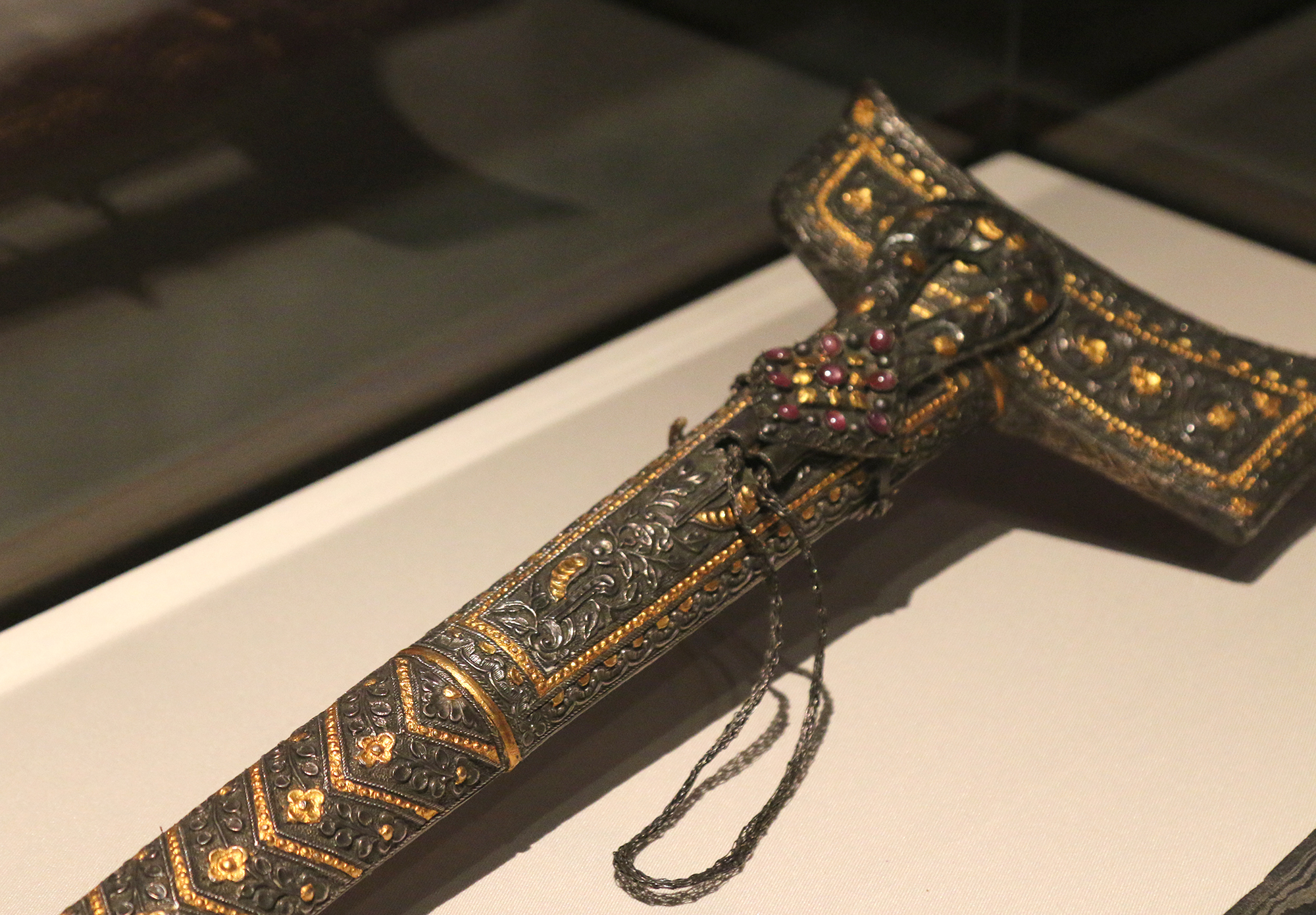 Keris, a weapon used by the Bugis.
Keris, a weapon used by the Bugis.
The Bugis also practised a form of martial arts called silat seni gayung which originated in the 1940s in Pulau Sudong, one of Singapore's southern islands.
The story goes that the founder of silat seni gayung taught the villagers of Pulau Sudong this form of martial arts to protect themselves against the Japanese during the Occupation (1942 to 1945).
[related_story]
Gender fluidity
Something less known about the Bugis is their concept of gender.
Unlike the dominant contemporary view that there are only two genders and biological sexes -- male and female -- the Bugis believe that there five.
These are oronaé (feminine female), makkunrai (masculine male), calabai (feminine male), calalai (masculine female), and bissu (androgynous person with both masculine and feminine traits).
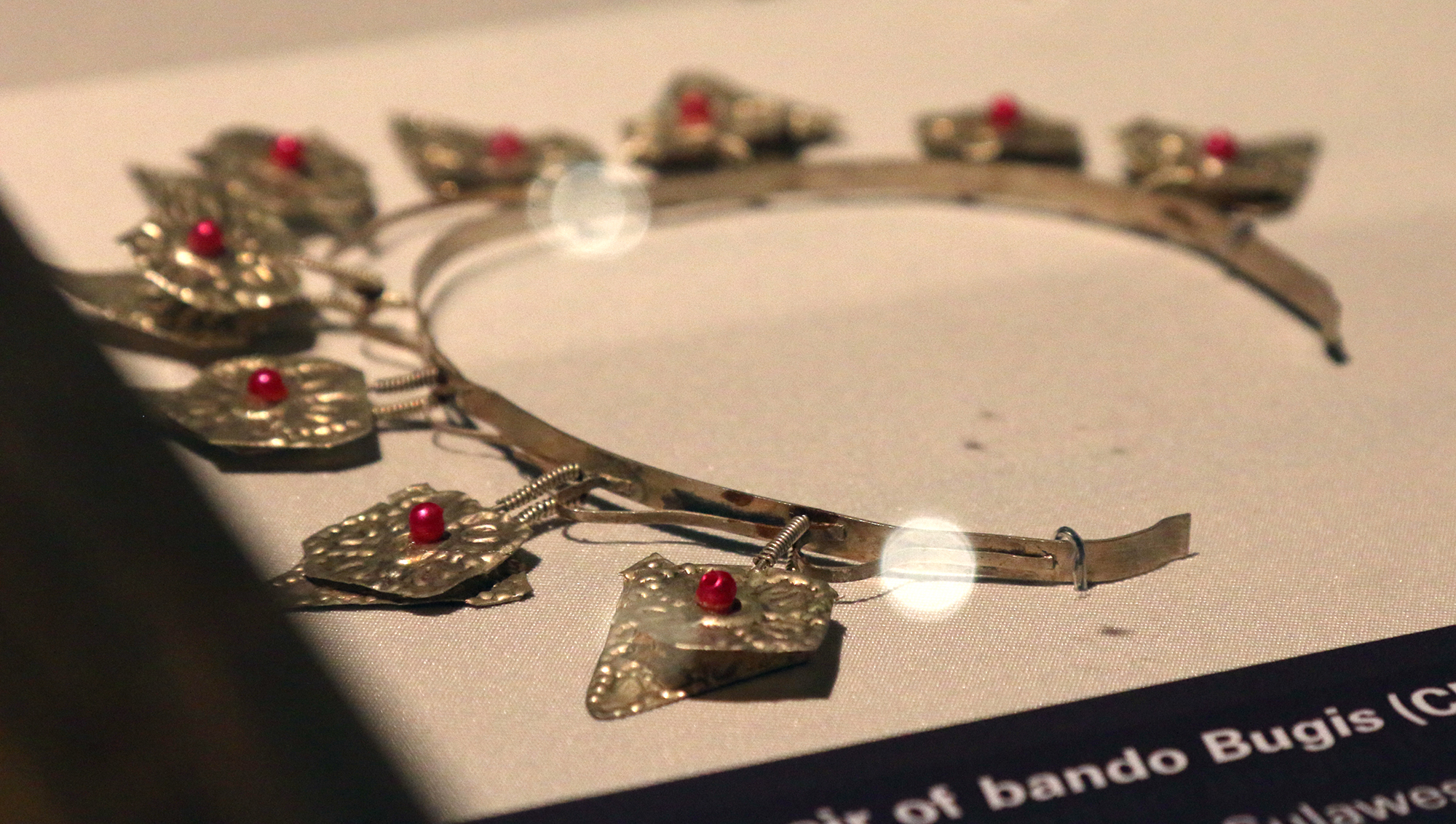 Child's bridesmaid's headdress.
Child's bridesmaid's headdress.
Calabai refers to biological males who take on more effeminate roles -- like being a homemaker, cooking, or more commonly being involved as part of a bridal party.
On the other hand, calalai refers to biological females who do masculine jobs such as that of a blacksmith.
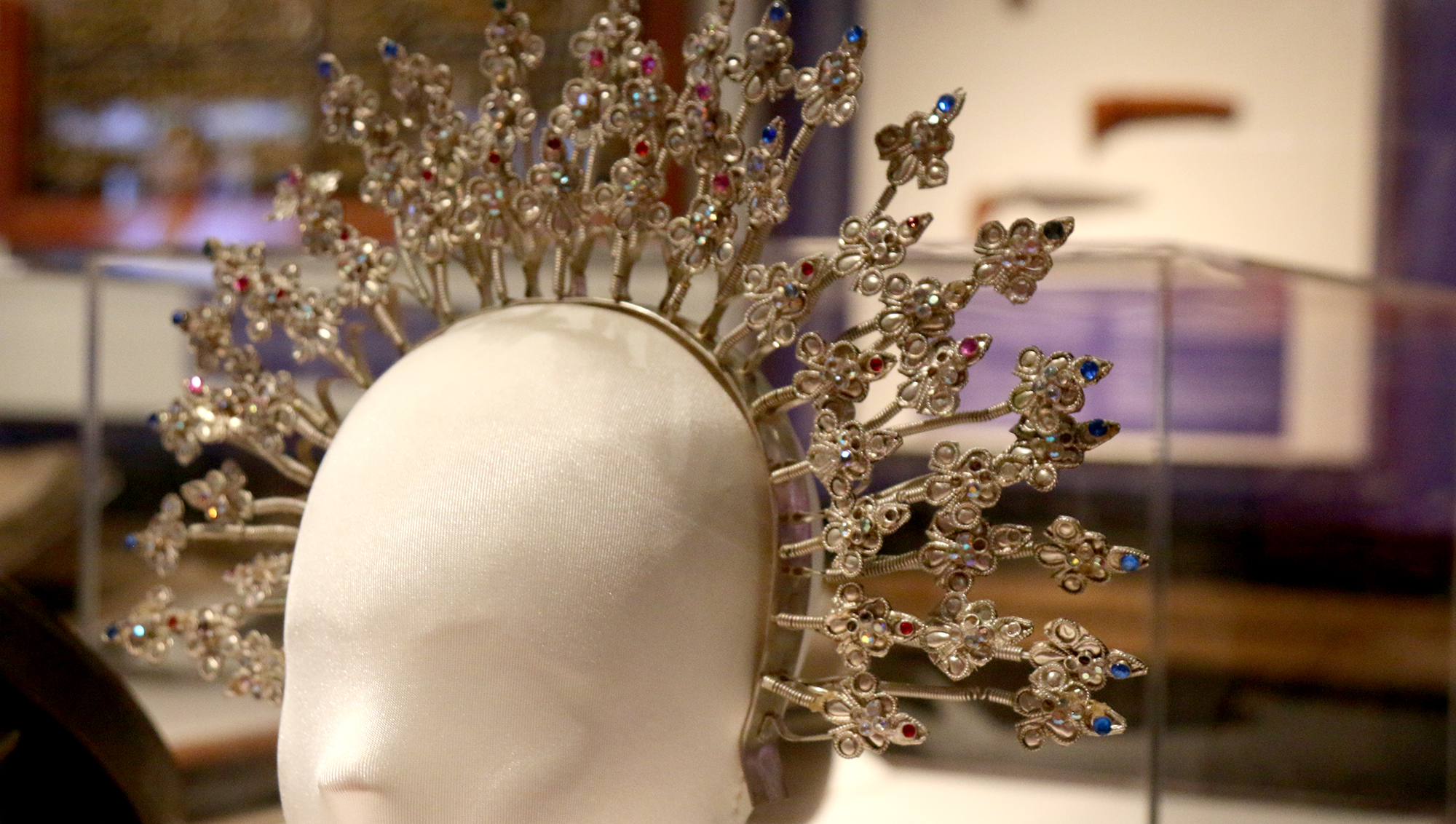 Bridal headdress.
Bridal headdress.
Bissu, being the combination of male and female, are thought to be imbued with magical knowledge and power, which is why they are often seen as conduits to the spirit world.
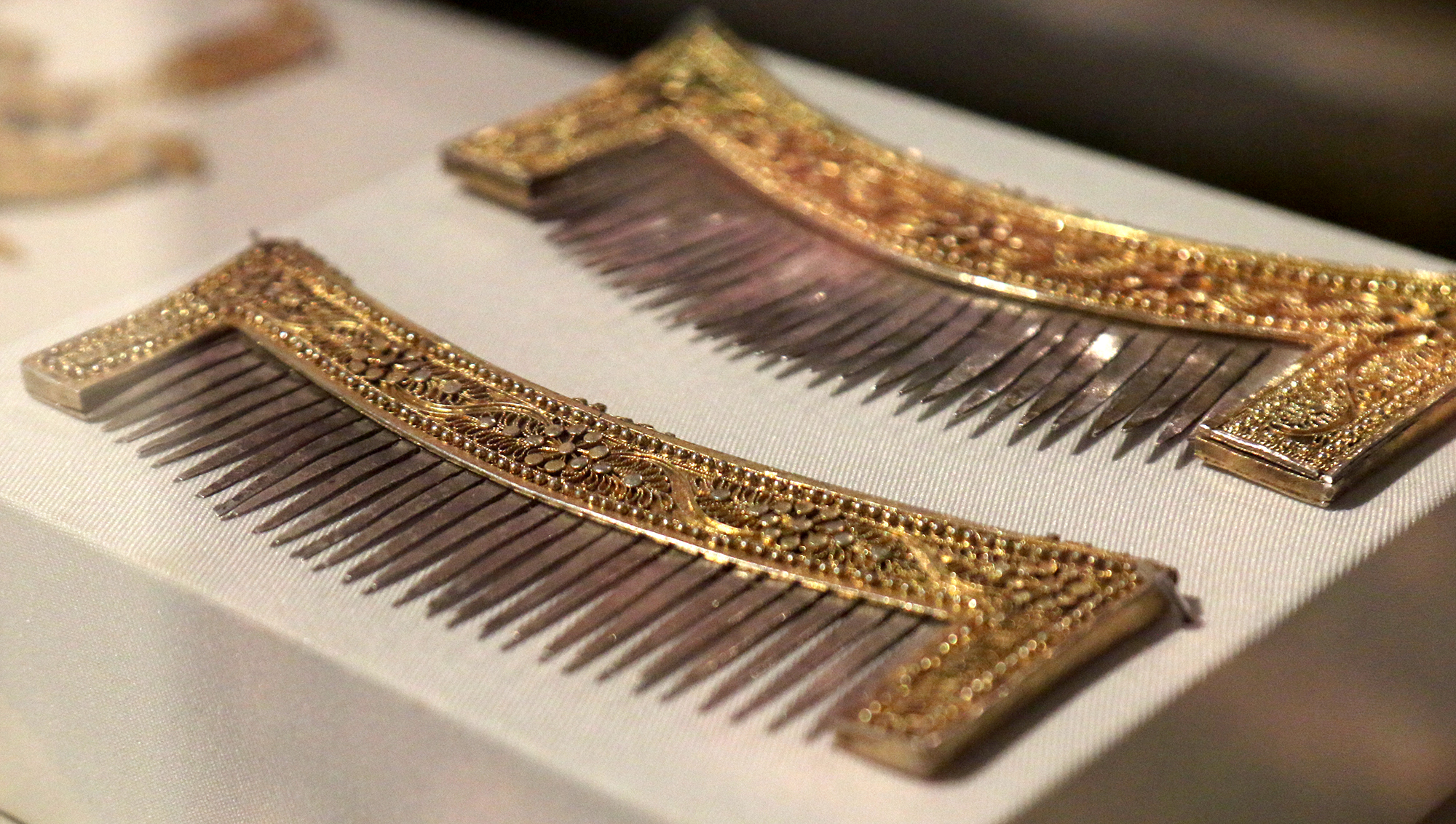 Gold and silver comb.
Gold and silver comb.
The Bugis in Singapore
Shortly after the British arrived in Singapore in 1819, the Bugis followed suit and quickly established themselves as leading traders within Southeast Asia.
Taking advantage of the seasonal winds, the Bugis travelled between Singapore and Sulawesi, peddling goods from each side, including cotton fabrics, gold dust, nutmegs, and camphor.
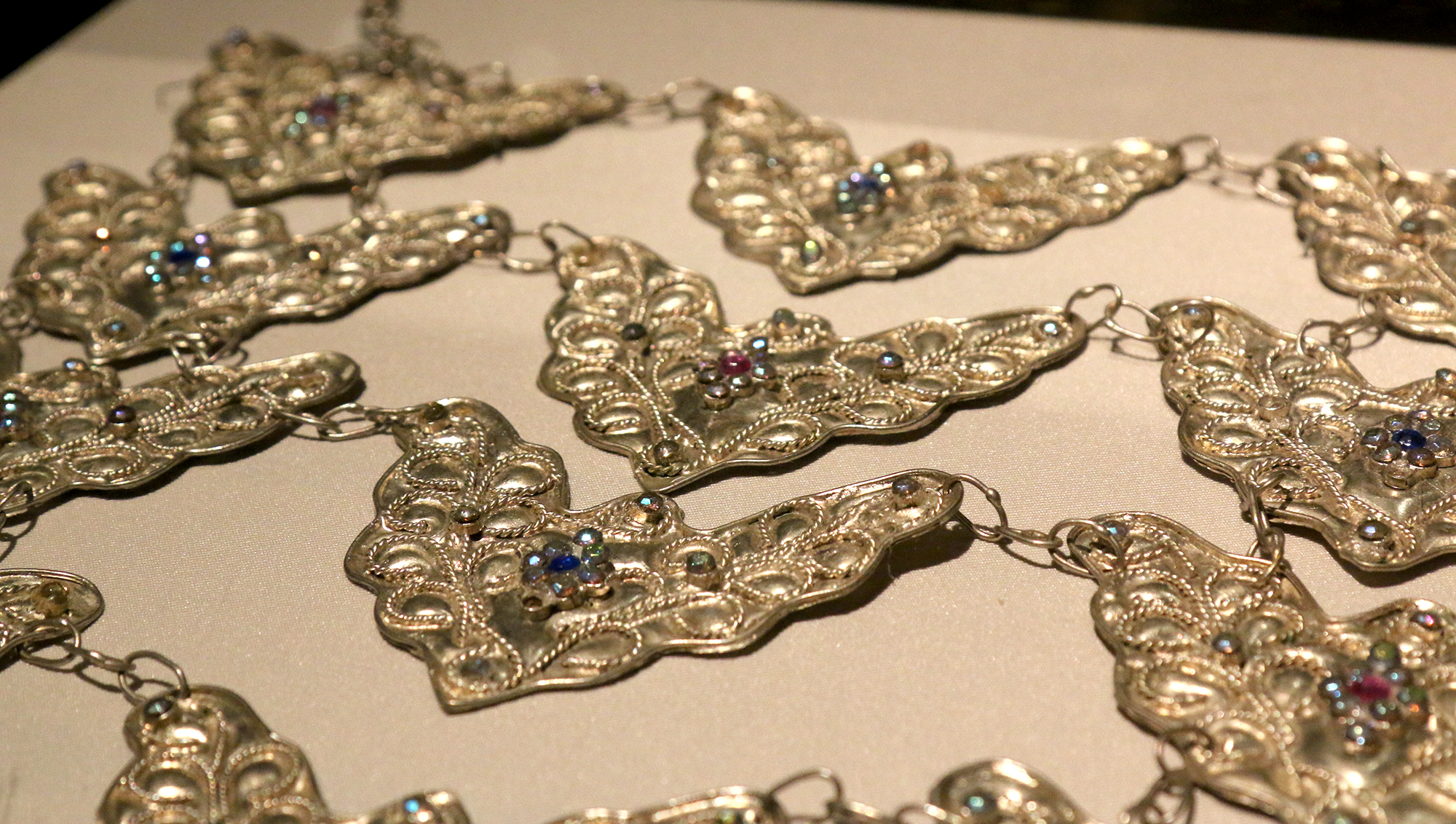 Multi-tiered necklace.
Multi-tiered necklace.
In Singapore, a Bugis Town quickly developed from Kampong Glam up to the Rochor River. This enclave consisted of large compounds owned by rich Bugis merchants and housed themselves and their followers.
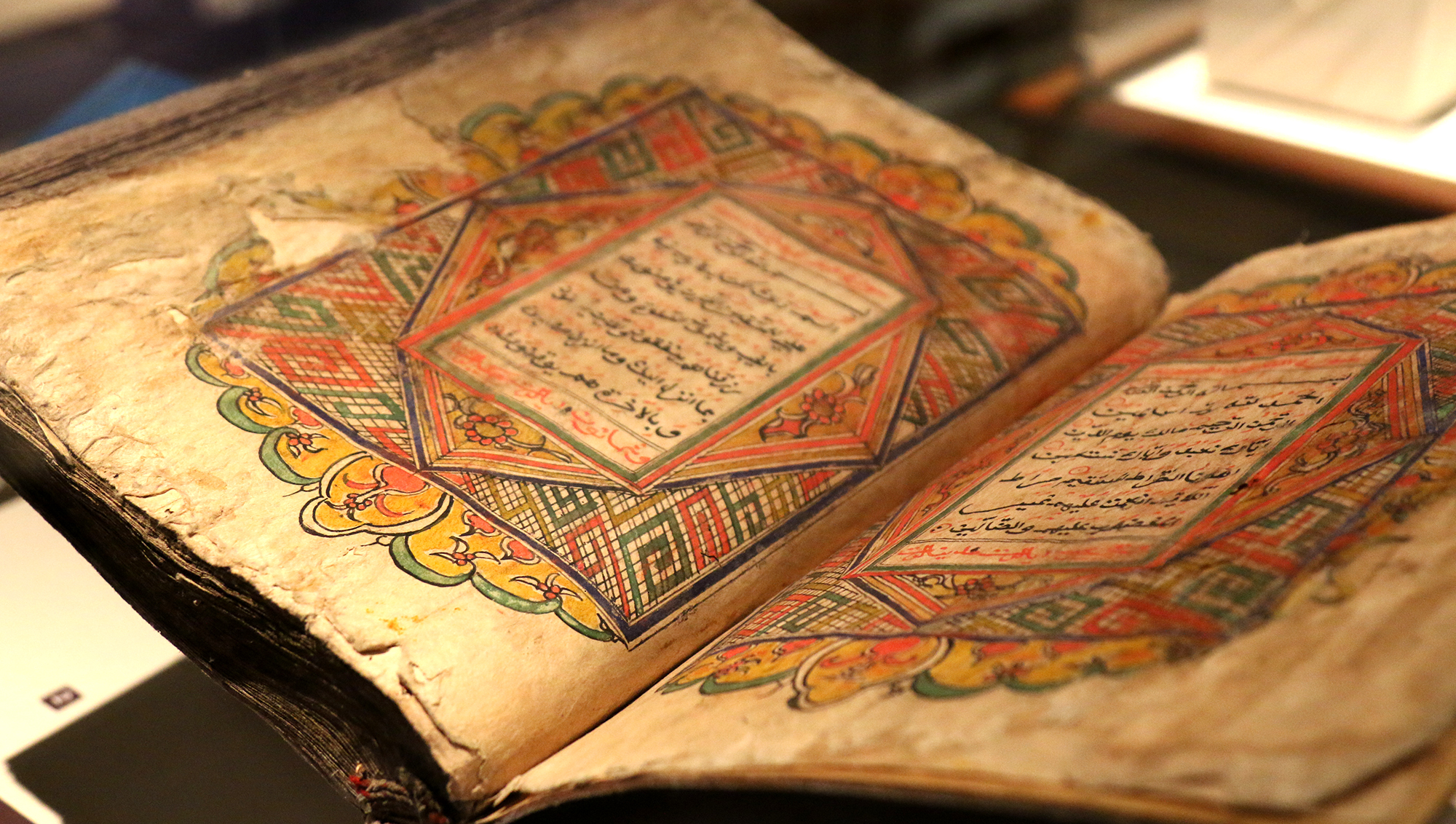 Handwritten Quran on sheep skin pages.
Handwritten Quran on sheep skin pages.
However, over the years, the growing dominance of Western ships edged the Bugis out of the maritime trade.
This caused them to end up being relegated to local sea routes which were not as economically well-paying. With that, their numbers in Singapore also declined.
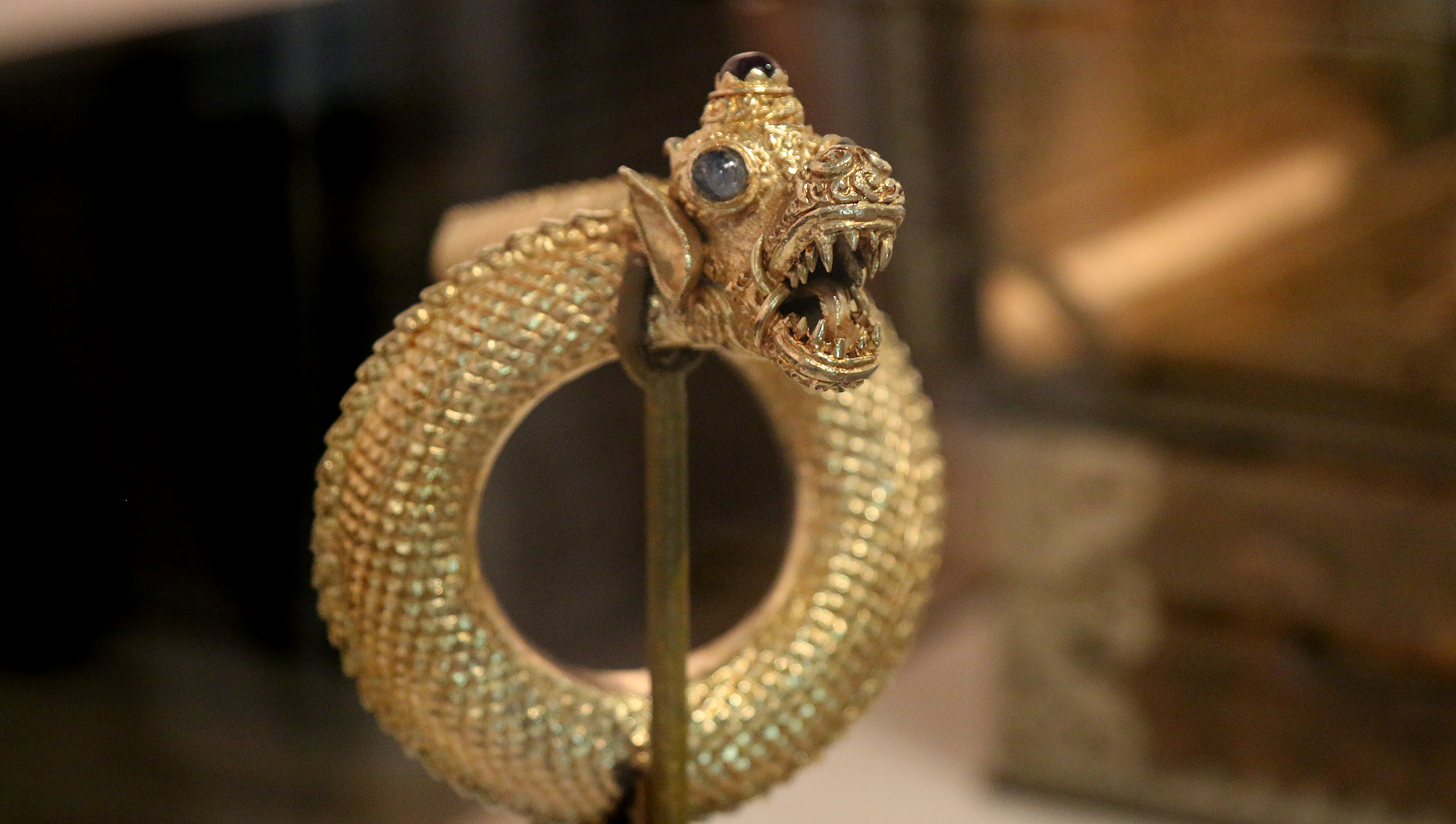 Gold Naga bracelet.
Gold Naga bracelet.
To learn more about the Bugis and their culture, head over to Sirri na Pesse: Navigating Bugis Identities in Singapore at the Malay Heritage Centre.
Event: Sirri na Pesse: Navigating Bugis Identities in Singapore
Venue: Malay Heritage Centre, Gallery 1 and 2
Dates: 14 October 2017 – 24 June 2018
Admission is free.
All images by Joshua Lee
If you like what you read, follow us on Facebook, Instagram, Twitter and Telegram to get the latest updates.
